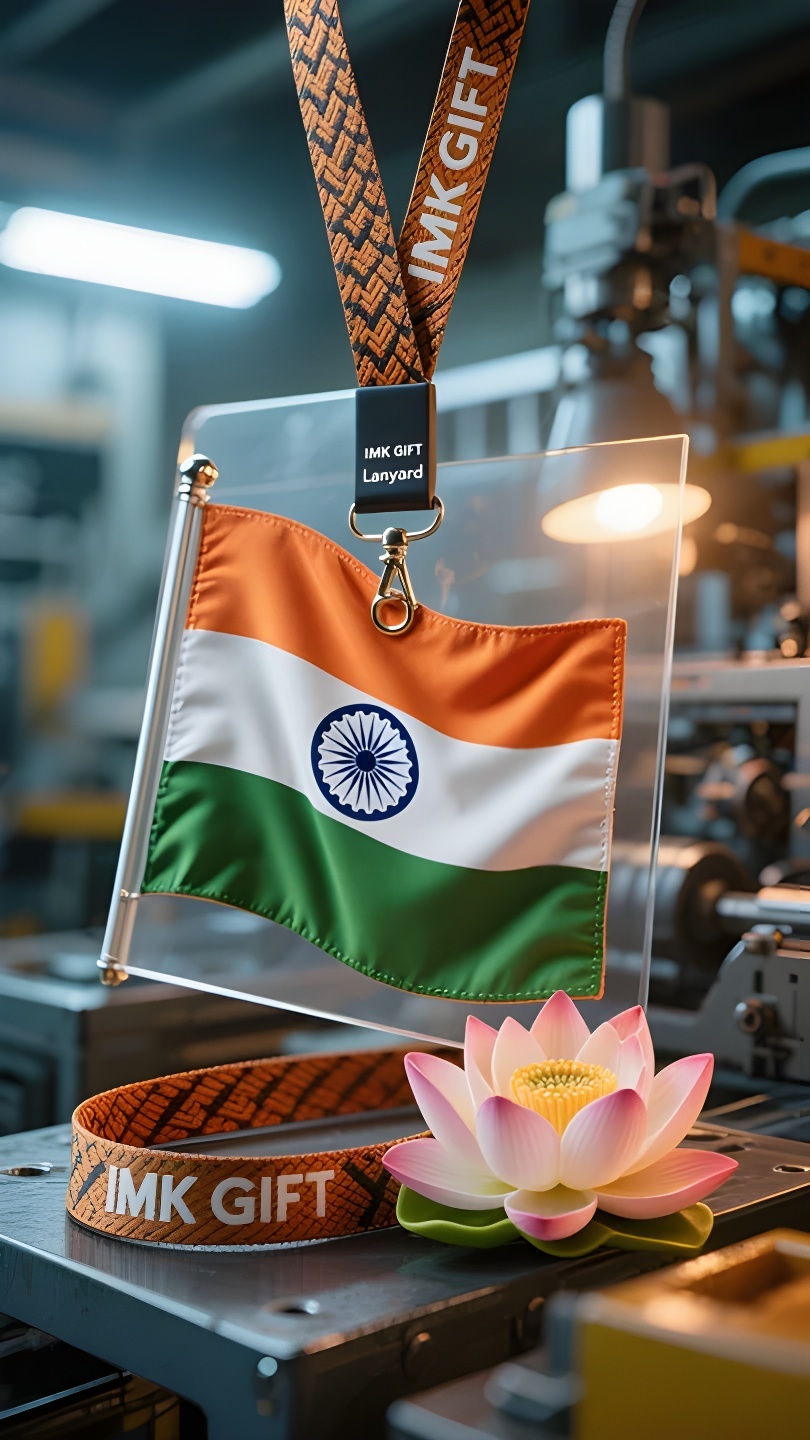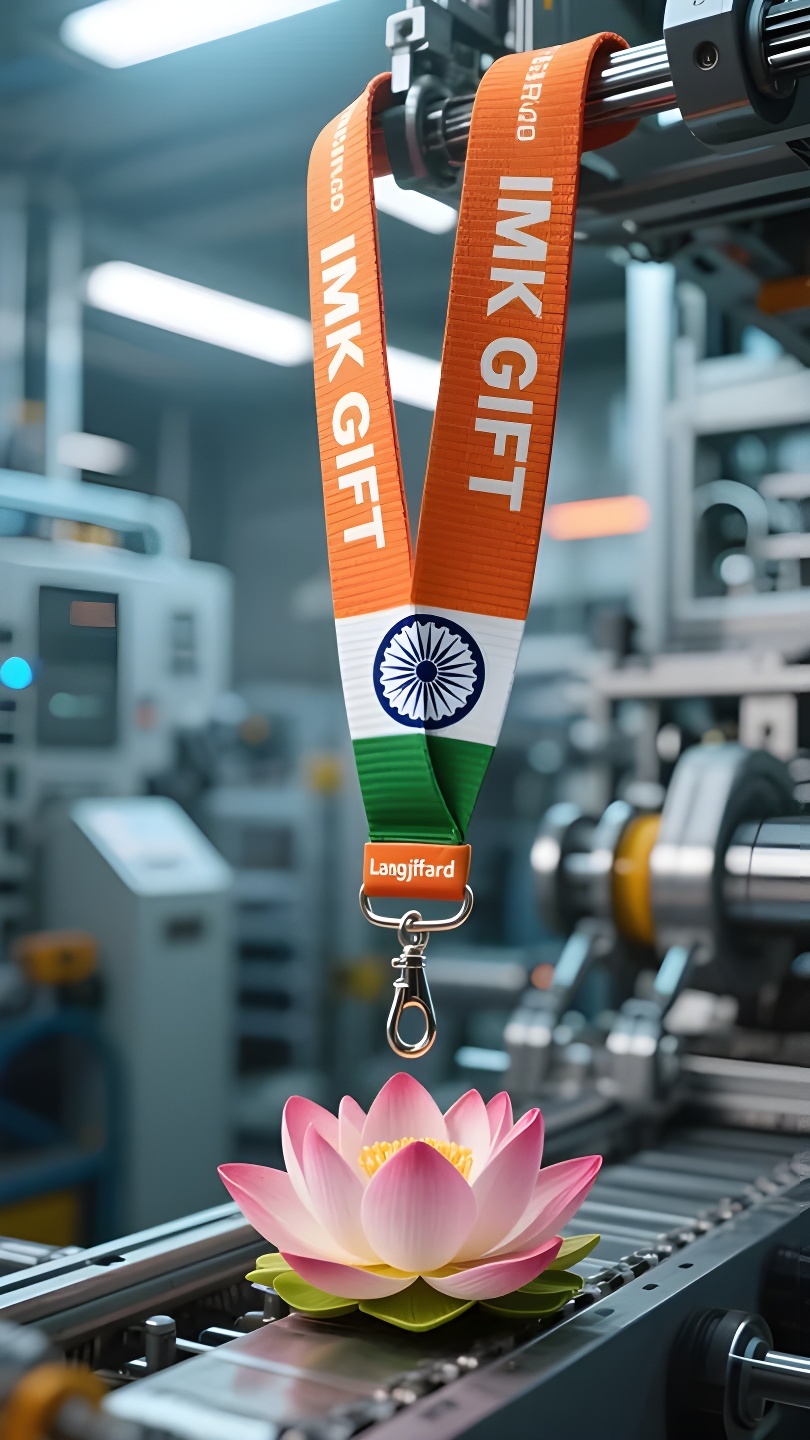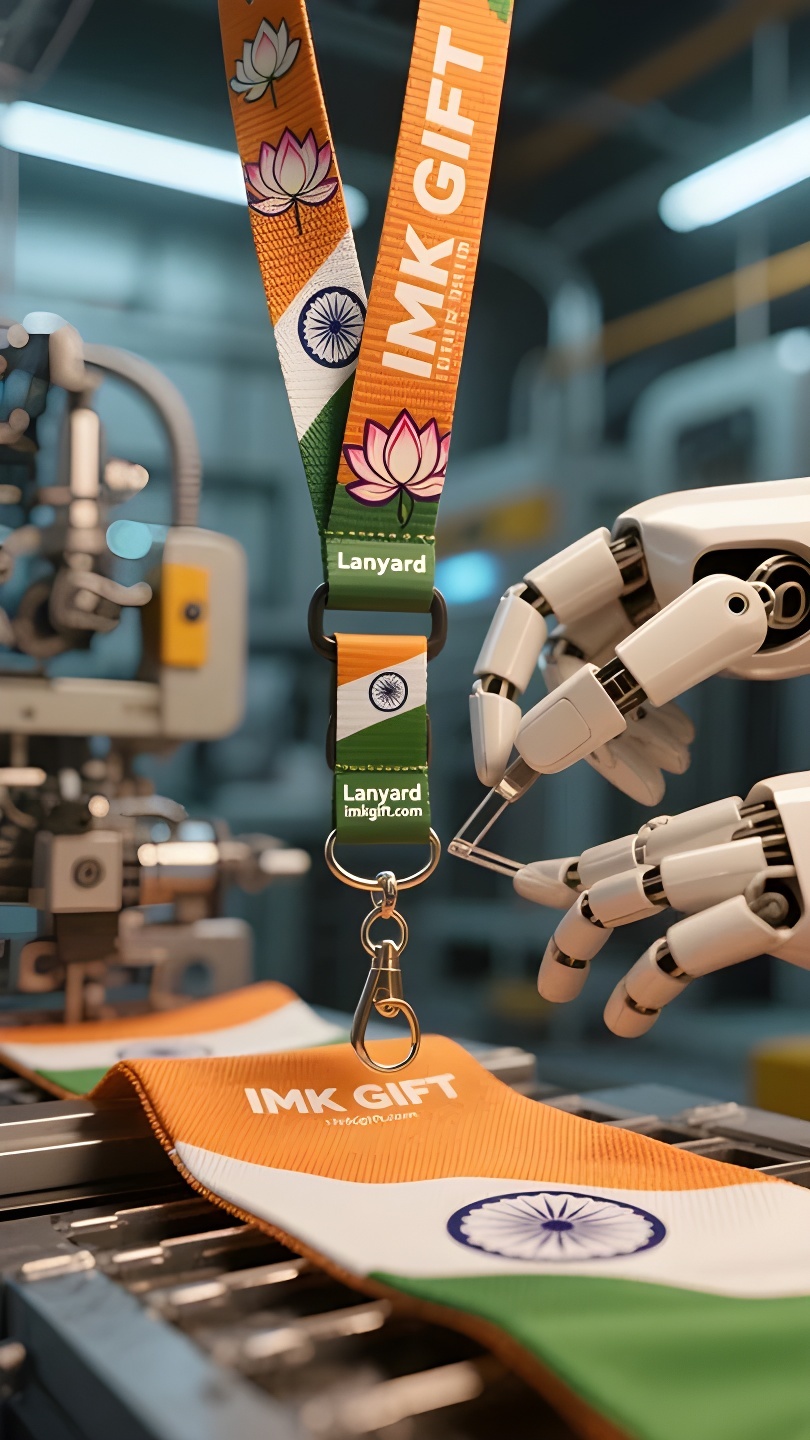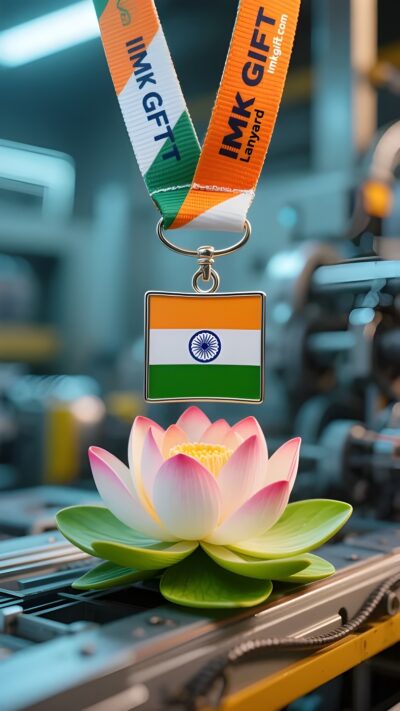in998-कमल-क-ड-र-र-ष-ट-र-य-आत-म-क-ब-धत-ह-श-द-ध-ह-दय-स-ज-वन-क-त-न-ब-न-ब-नत-ह
▼
भारत के स्वतंत्रता दिवस समारोह के दौरान सुबह की ओस में तिरंगा राष्ट्रीय ध्वज और कमल के फूल सुबह की रोशनी में चमकते हैं। राष्ट्रीय ध्वज का गहरा नारंगी रंग उगते सूरज की तरह अंधेरी रात को चीरता है, सफेद रिबन शांति की प्रतिज्ञा लिए हुए है, हरा आधार समृद्धि का दर्शन कराता है और कमल की लटकती रस्सी के धागों के बीच भारतीय सभ्यता की शाश्वत संहिता बुनी हुई है। सोने के धागे से कशीदाकारी की गई 24 पंखुड़ियों वाले कमल की यह डोरी सजावट से कहीं अधिक गहरा अर्थ रखती है। प्राचीन भारतीय ग्रंथों में कमल की जड़ें कीचड़ में गहरी होती हैं, फिर भी वह पानी से निर्दोष रूप में उभरता है, ठीक उसी तरह जैसे औपनिवेशिक धुंध से इस भूमि का पुनर्जन्म हुआ था। शिल्पकार 108 रेशमी धागों को बार-बार घुमाकर रस्सियाँ बनाते हैं, जो उपनिषदों के इस दर्शन के अनुरूप है कि “जीवन एक निरंतर उलझे हुए धागे की गेंद है” – प्रत्येक धागा एक आत्मा का प्रतीक है जो अपनी मूल आकांक्षा पर अडिग रहती है, तथा एक अटूट राष्ट्रीय बंधन बुनती है। नई दिल्ली में राष्ट्रपति भवन के सामने स्कूली बच्चों द्वारा पहने गए कमल के फूल की डोरी हवा में लहरा रही थी, और धातु की कमल की पंखुड़ियां जब राष्ट्रीय ध्वज की रेशमी सतह को छू रही थीं तो स्पष्ट ध्वनि उत्पन्न कर रही थीं। यह ध्वनि लोगों को महात्मा गांधी के चरखे की गुंजन की याद दिलाती है, जब उन्होंने 400 मिलियन लोगों की जागृत इच्छा को जोड़ने के लिए सूती धागे का उपयोग किया था। आज, डोरी का रेशमी धागा अभी भी गर्माहट का एहसास कराता है: शोधकर्ता अपने अनुसंधान को जारी रखने के लिए प्रयोगशाला में इसे कसकर बांधते हैं, किसान खेतों में अपनी फसल का रिकॉर्ड रखने के लिए इसमें गांठ लगाते हैं, और खिलाड़ी विश्व रिकॉर्ड तोड़ने के लिए इसे पहनते हैं – प्रत्येक रेशमी धागा सभ्यता का एक नया महाकाव्य लिख रहा है। जैसे-जैसे शाम ढलती है, तिरंगे झंडे पर कमल की डोरी अभी भी लाखों लोगों की कलाइयों पर नाचती है। यह हमें याद दिलाता है कि सच्ची स्वतंत्रता कभी भी इतिहास से प्राप्त उपहार नहीं होती, बल्कि यह तो हर क्षण शुद्ध मौलिक इरादों के साथ बुनी गई जीवन की एक तस्वीर होती है। गंगा तट पर खिले कमल की तरह इसकी जड़ें संस्कृति की समृद्ध मिट्टी में गहराई से जमी हुई हैं और इसका दल हमेशा सूर्य की ओर रहता है।
In the morning light of India’s Independence Day celebrations, the tricolor national flag and the lotus in the morning dew complement each other. The deep orange color of the national flag pierces the dark night like the rising sun, the white ribbon carries the oath of peace, the green base holds up the vision of prosperity, and the silk warp and weft of the lotus hanging rope weave the eternal code of Indian civilization. This hanging rope embroidered with 24 petals of lotus in gold thread carries a deep meaning beyond decoration. In ancient Indian classics, the roots of the lotus are deeply rooted in the mud, but it stands out of the water with a flawless posture, just like the trajectory of the land’s nirvana and rebirth in the colonial haze. The craftsmen repeatedly twisted 108 silk threads into ropes, which implicitly echoed the philosophy of “life is a constantly entangled ball of thread” in the Upanishads – each filament symbolizes a soul that sticks to its original intention, weaving an unbreakable national bond. In front of the Presidential Palace in New Delhi, the lotus hanging ropes worn by schoolchildren fluttered in the wind, and the metal lotus petals touched the silk surface of the national flag and made a clear sound. The sound reminds people of Mahatma Gandhi’s spinning wheel, when he used cotton thread to connect the awakening will of 400 million people. Today, the silk thread of the lanyard still conveys warmth: researchers tie it tightly in the laboratory to continue research, farmers use knots to record harvests in the fields, and athletes wear it to break world records – each silk thread is writing a new civilization epic. When dusk gilds the tricolor flag, the lotus lanyard is still beating on the wrists of millions of people. It reminds us that true independence is never a gift from history, but a brocade of life woven with pure original intentions in every moment. Just like the lotus on the bank of the Ganges, its roots are deeply rooted in the cultural soil, and its crown is always facing the sun.
在印度独立日庆典的晨曦中,三色国旗与晨露中的莲花相映生辉。国旗的深橙色如朝阳刺破暗夜,白色缎带承载着和平誓言,绿色基底托起繁荣愿景,而莲花挂绳的丝缕经纬间,正编织着印度文明的永恒密码。
这条以金线绣着24瓣莲花的挂绳,承载着超越装饰的深意。在古印度典籍中,莲花根系深扎淤泥,却以无瑕之姿破水而立,恰如这片土地在殖民阴霾中涅槃重生的轨迹。工匠们将108根丝线反复搓捻成绳,暗合《奥义书》中“生命即不断缠绕的线团”的哲思——每根细丝都象征着一个坚守初心的灵魂,交织出牢不可破的民族纽带。
新德里总统府前,学童们佩戴的莲花挂绳在风中轻扬,金属莲瓣触碰国旗绸面发出清响。这声响让人想起圣雄甘地的纺车嗡鸣,当年他用棉线串联起四亿人的觉醒意志。如今挂绳的丝线依旧传递着温度:科研者在实验室系紧它继续攻关,农民在田间以绳结记录收成,运动员戴着它冲击世界纪录——每条丝线都在续写新的文明史诗。
当暮色为三色旗镀上金边,莲花挂绳仍在千万人腕间跳动。它提醒着:真正的独立从不是历史的馈赠,而是每个当下以纯净初心织就的生命锦缎。就像恒河岸边的莲花,根系深植文化厚土,花冠永远朝向太阳。
▼
Contact Us
📞 Tel: +0086-760-85286839
📧 Email: sales3@imkgift.com








